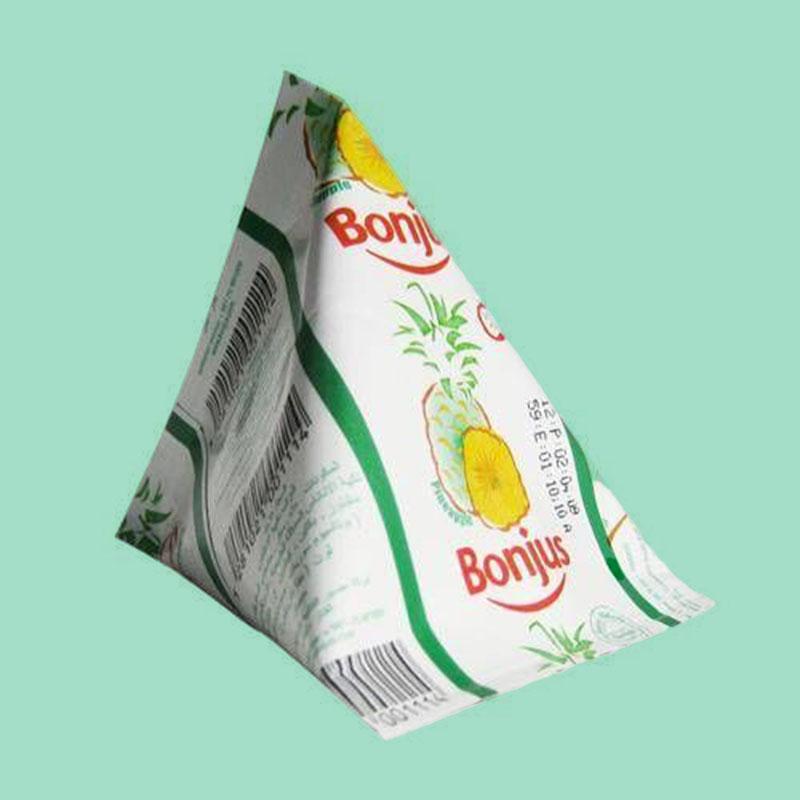Notifications

7 minutes, 44 seconds
-59 Views 0 Comments 0 Likes 0 Reviews

In the competitive beverage market, juice packaging plays a crucial role in attracting consumers and ensuring product quality. From preserving freshness and extending shelf life to enhancing brand visibility and sustainability, packaging is more than just a container—it’s an experience.
This comprehensive guide explores the importance, types, materials, innovations, and marketing aspects of juice packaging, and how brands can leverage packaging to boost sales and consumer loyalty.
Juices are sensitive products that can spoil easily due to exposure to air, light, and temperature changes. Proper juice packaging must:
Protect the contents from contamination and oxidation.
Maintain nutritional value and flavor.
Ensure leak-proof transportation and easy storage.
Offer convenience to the end user.
Represent the brand effectively with visual appeal.
Whether it's freshly squeezed orange juice or a shelf-stable fruit blend, the right packaging directly impacts customer satisfaction and trust.
Modern juice packaging comes in a variety of forms tailored for different markets, shelf life requirements, and branding goals. Some of the most common types include:
Widely used for both refrigerated and shelf-stable juices, PET (polyethylene terephthalate) bottles are lightweight, durable, and recyclable.
Pros:
Transparent for product visibility.
Cost-effective.
Customizable in shape and size.
Cons:
Environmental concerns if not recycled properly.
A premium packaging option, glass bottles are often used for organic, cold-pressed, or high-end juices.
Pros:
100% recyclable without loss of quality.
Airtight seal for freshness.
Adds a premium, eco-friendly feel.
Cons:
Fragile and heavier to transport.
More expensive than plastic.
Tetra Paks are made from paperboard, polyethylene, and aluminum, providing an excellent barrier to light, oxygen, and bacteria.
Pros:
Long shelf life without refrigeration.
Lightweight and eco-conscious.
Ideal for mass production.
Cons:
Difficult to recycle due to mixed materials.
Less transparency for consumers.
Popular for kids’ juices and on-the-go consumption, pouches are compact and easy to use.
Pros:
Space-saving.
Lightweight.
Minimal waste.
Cons:
Limited recycling options.
Perceived as less premium.
The material used affects not only preservation but also branding and environmental impact. Here are the most common ones:
Plastic (PET, HDPE): Lightweight and shatterproof, often used in single-serve and family-size bottles.
Glass: Ideal for cold-pressed and luxury juices, glass is inert and safe for acidic contents.
Paperboard (Tetra Pak): Often used for long-life juices, offering a balance between sustainability and performance.
Foil Laminates (Pouches): Provide excellent oxygen and moisture barriers for portable packaging.
Choosing the right material depends on shelf life, juice type (e.g., citrus, vegetable, organic), and brand positioning.
A well-designed juice package catches the eye and conveys the brand’s message instantly. Here are some of the most effective design elements in today’s juice market:
Consumers are drawn to clear, modern labels with natural tones, reflecting health and simplicity.
Allowing a view of the actual juice increases trust and emphasizes freshness.
Sustainable visuals—like earthy colors, recyclable icons, or “100% compostable” messages—speak directly to eco-conscious consumers.
Juice packaging often features bright, energetic colors and bold fonts to reflect the vibrancy of fruit flavors.
Easy-to-open caps, resealable spouts, or ergonomic shapes enhance the user experience and encourage repeat purchases.
As consumer preferences evolve, so does packaging technology. Here are some exciting innovations shaping the juice industry:
QR codes and NFC chips can offer freshness tracking, origin information, and interactive brand experiences.
Made from PLA (polylactic acid) or sugarcane fibers, these materials offer a sustainable alternative to plastic.
Some advanced packaging solutions include oxygen scavengers or antimicrobial coatings that extend shelf life naturally.
Also visit: divider for cupcake
Brands are experimenting with closed-loop systems that promote sustainability and customer loyalty.
Packaging isn’t just about keeping juice safe—it’s also a critical branding tool. It communicates:
Quality: Premium packaging (like glass bottles) suggests high-end juice.
Values: Eco-friendly packaging connects with environmentally conscious buyers.
Flavors and Ingredients: Visual elements and colors reflect fruit combinations and freshness.
Target Market: Kids’ juices use fun, colorful designs, while adult wellness juices are clean and health-focused.
Successful brands use packaging as a silent salesperson on the shelf.
With growing environmental awareness, brands are under pressure to reduce packaging waste. Sustainable packaging includes:
Recyclable bottles and caps.
Reduced plastic usage.
Compostable pouches.
Water-based inks and labels.
Even using lighter packaging to reduce transportation emissions is part of the solution. Many brands now include visible sustainability certifications (like FSC or “100% Recyclable”) to reinforce their green commitment.
Juice packaging must adhere to food safety standards and labeling regulations. Common requirements include:
Tamper-evident seals.
BPA-free materials.
Nutritional labeling and allergen information.
Expiry and batch codes.
For international sales, packaging must meet country-specific import/export laws and certifications like FDA (USA) or EFSA (Europe).
Juice packaging is no longer just a practical necessity—it’s a critical component of your product strategy. The right packaging protects your product, tells your story, reduces your environmental footprint, and connects with your target audience.
Whether you're a startup launching a cold-pressed juice line or an established brand exploring sustainable upgrades, investing in innovative, user-friendly, and eco-conscious packaging will help your juice stand out in a saturated market.

